I hold a Sri Lankan passport. To you this may sound exotic, but it is actually one of the worst passports to hold in the world. My country hardly makes it into any Top 10 lists, but somehow, we’ve managed to get ourselves in at #10 on the “Top 10 Worst Passports of the World” list. Check to see how yours is doing! Anyway, when I was younger, I was unaware of our disadvantages when it came to traveling because I never had to do any application myself. But the older I got and the more I started to travel by myself, I came to realize that this passport was the bane of my existence.
It has caused many problems – on top of wasting a lot of time and money when it came to travel, I’ve had to cancel plans after booking flights and hotels, I’ve been stranded at airports, and I’ve even had to refuse a job offer. After a while though, you learn to become flexible with your plans and now when I travel, I make sure to always check visa policies of a country before entering it. And this is something you should do too, no matter what nationality you are.
For those interested in traveling to Vietnam for tourism or business purposes, I’ve written this article for you in order to ease your process. Vietnam is luckily not so complicated when it comes to their visa policies but confusion can arise, so I hope you find the necessary information in this article to have a hassle-free entrance to the country.
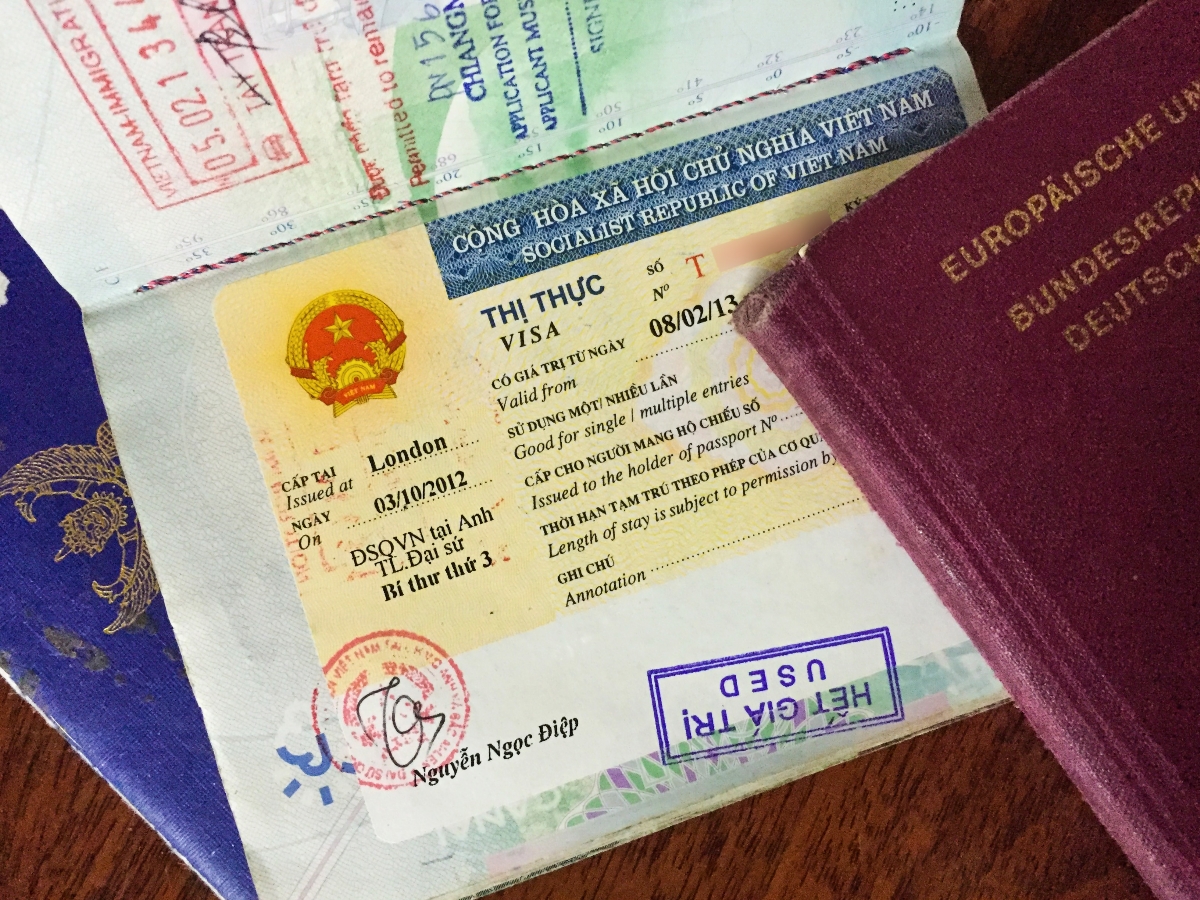
The article covers:
A) Tourist Visa
- The countries that do not need visa to enter Vietnam (Ordinary & Diplomatic/Service Passports)
- Pre-applying for visa at Vietnam embassies/consulates in your country (Visa validity, number of entries, requirements for application, cost, processing time)
- Applying online for Visa-On-Arrival (Conditions, how to, requirements, cost, processing time)
- E-Visa
- Visa extension/renewal (Eligibility, options, requirements, cost)
- Visa runs
- Overstaying visa (Likely consequences)
B) Transit Visa (Requirements)
C) Business Visa
- Exempted countries (including APEC card holders).
- Application via embassy or online for Visa-On-Arrival (Visa validity, number of entries, requirements for application, cost, processing time).
Over time the article will be continuously updated to reflect the changes in visa policies. I hope you are able to find this useful.
Contents
- 1 Tourist Visa
- 1.1 The Lucky Nationalities that do not Need Visa to Enter Vietnam for Travel Purposes – You Hold the Golden Ticket (Passport)!
- 1.2 If You Hold a Diplomatic/Official Passport
- 1.3 And for the Rest of Us…Obtaining Visa Prior to Arrival. What are Our Options?
- 1.4 Visa-on-arrival
- 1.5 E-Visa
- 1.6 Visa Extension/Renewal
- 1.7 Vietnam Immigration Departments
- 1.8 Visa Runs
- 1.9 But…there Is One Way to Avoid all the Vietnam Visa Hassle
- 1.10 Overstaying Your Vietnam Visa
- 2 Transit Visa
- 3 Business Visa
Tourist Visa
The Lucky Nationalities that do not Need Visa to Enter Vietnam for Travel Purposes – You Hold the Golden Ticket (Passport)!
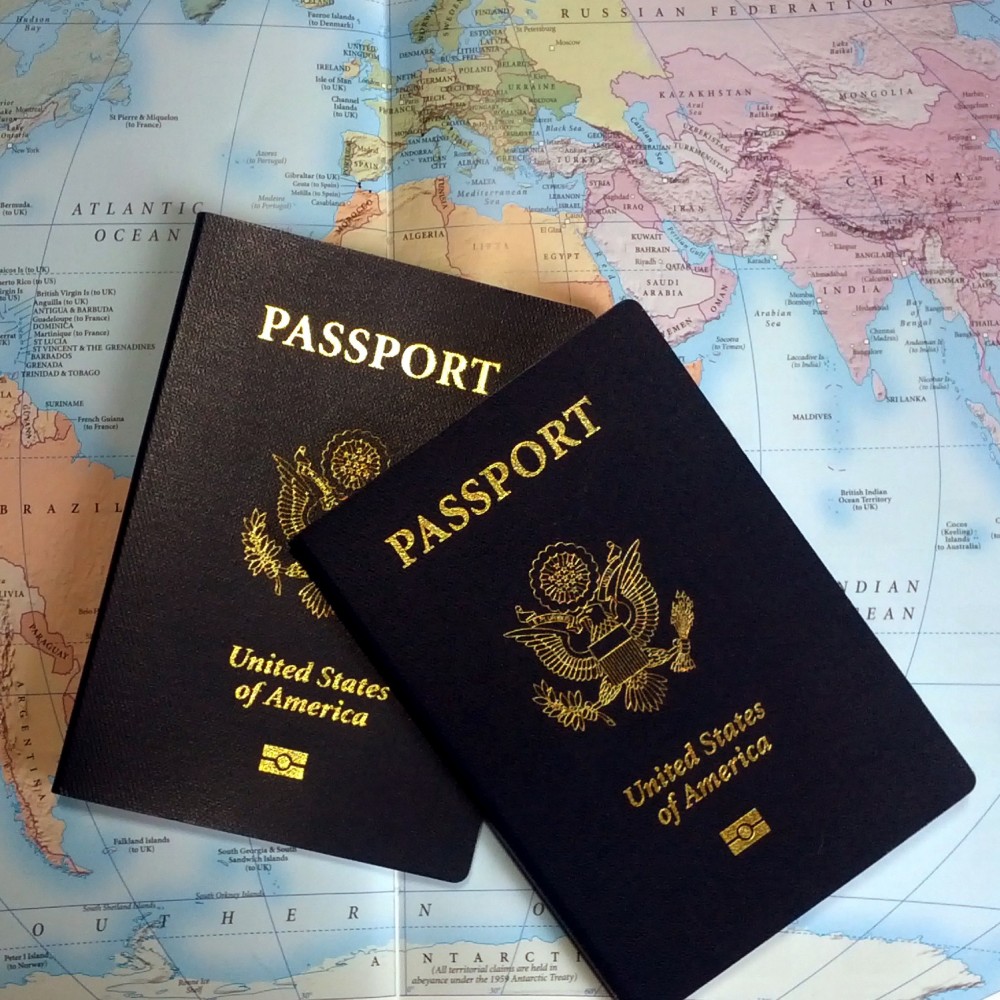
I’ve placed the visa exemption section at the start of the article as a favor to you. Only if your country is not listed in the following table should you continue to scroll down and read on.
As a general rule, all visitors to Vietnam must provide a valid passport and an entry visa/visa approval letter at the port of entry, but certain nationalities are eligible for a visa exemption due to unilateral and bilateral visa exemption agreements between the Vietnamese government and their respective countries. The only documents you need to provide to the immigration officer, in this case, are your passport and return ticket, and once approved and stamped, you are good to go!
Here is the list of 22 nationalities that can enter Vietnam without a visa (irrespective of type of passport – diplomatic/official/ordinary) and the time period they are allowed to remain in the country under the condition:
| List of Nationalities | Time Allowance |
| United Kingdom | 15 days (Valid until 30 June 2021) |
| Spain | 15 days (Valid until 30 June 2021) |
| France | 15 days (Valid until 30 June 2021) |
| Italy | 15 days (Valid until 30 June 2021) |
| Germany | 15 days (Valid until 30 June 2021) |
| Belarus | 15 days (Valid until 30 June 2020) |
| Sweden | 15 days |
| Norway | 15 days |
| Denmark | 15 days |
| Finland | 15 days |
| Russia | 15 days |
| Japan | 15 days |
| South Korea | 15 days |
| Thailand | 30 days |
| Cambodia | 30 days |
| Malaysia | 30 days |
| Singapore | 30 days |
| Indonesia | 30 days |
| Laos | 30 days |
| Philippines | 21 days |
| Brunei | 14 days |
| Myanmar | 14 days |
| Chile | 90 days |
Source: Vietnam Immigration
Beside this, citizens from Japan, South Korea, Denmark, Russian, Sweden, Norway, Finland, UK, France, Germany, Italy, Spain must wait at least 30 days from the exit date if wishing to re-enter under visa waiver again. If you intend to stay longer than the exemption allows you to, you can easily apply for a visa renewal (NOT extension, as this option is not available for you) at either of the main Immigration Department located in Hanoi, Ho Chi Minh and Da Nang. However, this may be a little costly. If you want to avoid this process and save time and money, you can just apply for the appropriate tourist visa (1-month/3-month, single/multiple entry) prior to arrival through a Vietnamese embassy or consulate in your country, OR you also have the option to arrange a visa approval letter online and get your visa on arrival at the port of entry. Details for both procedures and relevant addresses can be found below.
If You Hold a Diplomatic/Official Passport
Those that hold diplomatic or official passports of the following countries do not require a visa to visit Vietnam either. You will be granted either a 1-month/3-month, single/multiple entry visa, depending on nationality.
A
Afghanistan
Albania
Algeria
Angola
Argentina
Armenia
Azerbaijan
B
Bangladesh
Belarus
Bolivia
Brazil
Brunei
Bulgaria
C
Cambodia
Chile
China
Colombia
Costa Rica
Croatia
Cuba
Cyprus
Czech Republic (exemption for diplomatic passports only)
D, E, F, G, H
Dominican Republic
Ecuador
Egypt
El Salvador
Estonia (exemption for diplomatic passports only)
France (exemption for diplomatic passports only)
Greece (exemption for diplomatic passports only)
Hungary
I, J, K
India
Indonesia
Iran
Iraq
Israel (exemption for diplomatic passports only)
Italy (exemption for diplomatic passports only)
Ivory Coast
Japan
Kazakhstan
Kyrgyzstan
Kuwait
L, M
Laos
Liberia
Malaysia
Malta
Mexico
Moldova
Mongolia
Montenegro
Morocco
Mozambique
Myanmar
N, P
Nicaragua
North Korea
North Macedonia
Pakistan
Panama
Paraguay
Peru
Philippines
Poland
R, S
Romania
Russia
Serbia
Seychelles
Singapore
Slovakia (exemption for diplomatic passports only)
Slovenia
South Africa
South Korea
Spain (exemption for diplomatic passports only)
Sri Lanka
Sudan
Switzerland (exemption for diplomatic passports only)
T, U, V
Tanzania
Thailand
Tunisia
Turkey
Ukraine
United Arab Emirates
Uruguay
Uzbekistan (exemption for diplomatic passports only)
Venezuela
And for the Rest of Us…Obtaining Visa Prior to Arrival. What are Our Options?
But if your nationality is not mentioned in the table above then your options are to either obtain your visa at a Vietnamese embassy or consulate in your country, a travel agency granted the authority to do it for you, or apply online for a visa-on-arrival.
For tourist visas, you are given a 1-month or 3-month option which may be further extended/renewed after your arrival in Vietnam. Multiple entry visas are also possible if you plan to enter the country more than once in the specified period of time, but you will need a rough idea of your dates of travel in order to fill the form in correctly. You may also need to show your flight tickets and/or hotel reservations, but these requirements change according to the passport you hold.
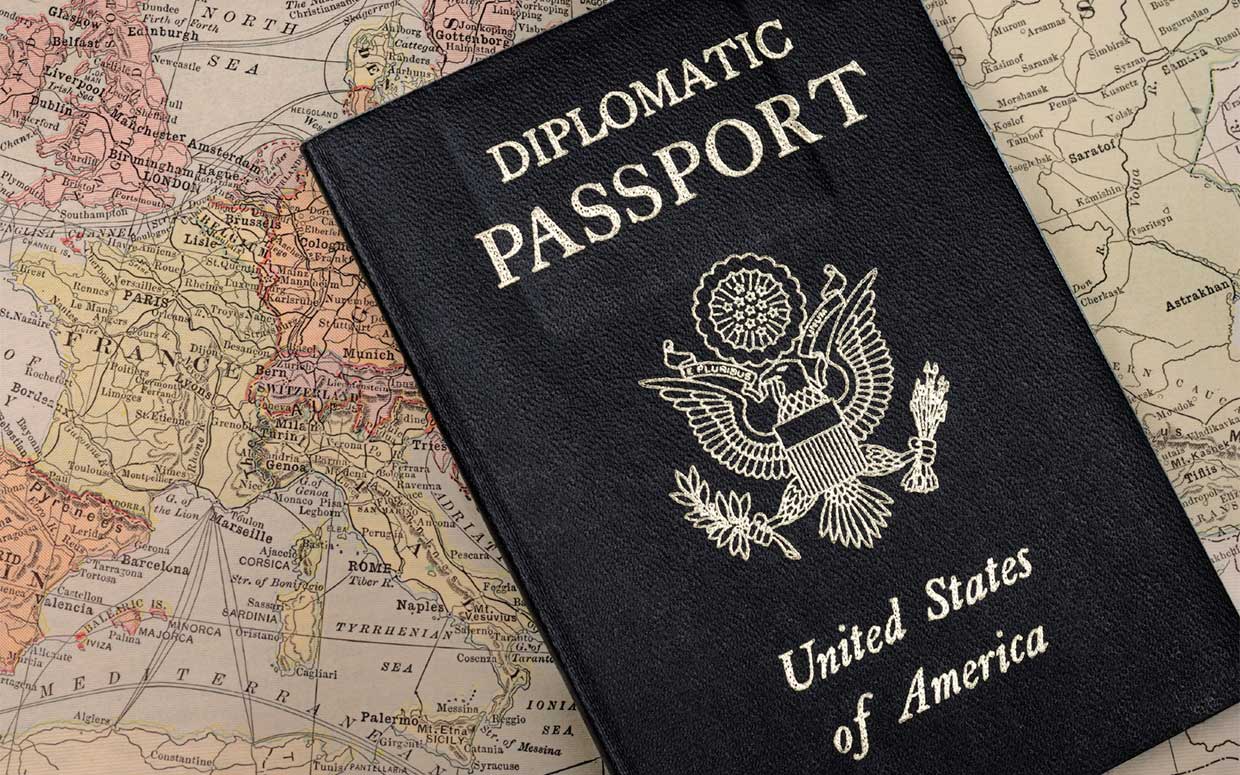
The time taken to process your pre-applied visas vary from country to country as well, but usually takes between three to seven business days to complete. The fees for visa also vary depending on nationality, location of application, duration of stay, and whether you are applying for a single or multiple entry visa. But if the embassy or consulate is not in your city, you may have to DHL your passport over and back, so bear in mind that you will need to cover the costs of the prepaid couriers too. I personally do not recommend this as my friend had his passport stolen right from his postbox in Melbourne. Applying for a new passport is a tremendously long process – try your best to avoid getting yourself into a situation that necessitates that.
Along with the required documents which generally includes only your passport and two standard passport-sized photos, you will have to fill in the visa application form for submission. Either print it out in advance or fill it up at the consulate – the latter takes time if the line is long. Once you submit these together along with the fee (payable only by cash), the consular officer will give you a receipt which you must have with you when you return to pick up your visa in the time period specified.
A tip: When it comes to the photo you are submitting, make sure it is a recent one and not one that is drastically different to how you look right now. My previous passport had a picture of me with a monstrous monobrow which I now do not have. The immigration officers usually had to stop and look twice or three times since I do not look like Bert from Sesame Street anymore.
My previous passport had a picture of me with a monstrous monobrow which I now do not have. The immigration officers usually had to stop and look twice or three times since I do not look like Bert from Sesame Street anymore.
*** Because requirements for visa applications vary so much depending on many factors, it is advisable that you contact the Vietnamese embassy or consulate directly to ask them for the most updated information relevant to you. Give them your nationality and travel details and ask them to in turn provide you with the best visa option you can apply for, the required documents and the fee. This way you can avoid visiting the consulate multiple times because you have forgotten a required document or do not have enough cash on you. When I applied for Mainland Chinese Visa in Hong Kong, I had to go three times because I was given different information and for those of you familiar with Wan Chai, you will know how draining this process was.
You may also use this website to get an idea of what documents you must provide for your application. The details given are country specific – just select your nationality.
You may also click over to this link to find all the addresses of Vietnamese embassies located around the world.
Visa-on-arrival
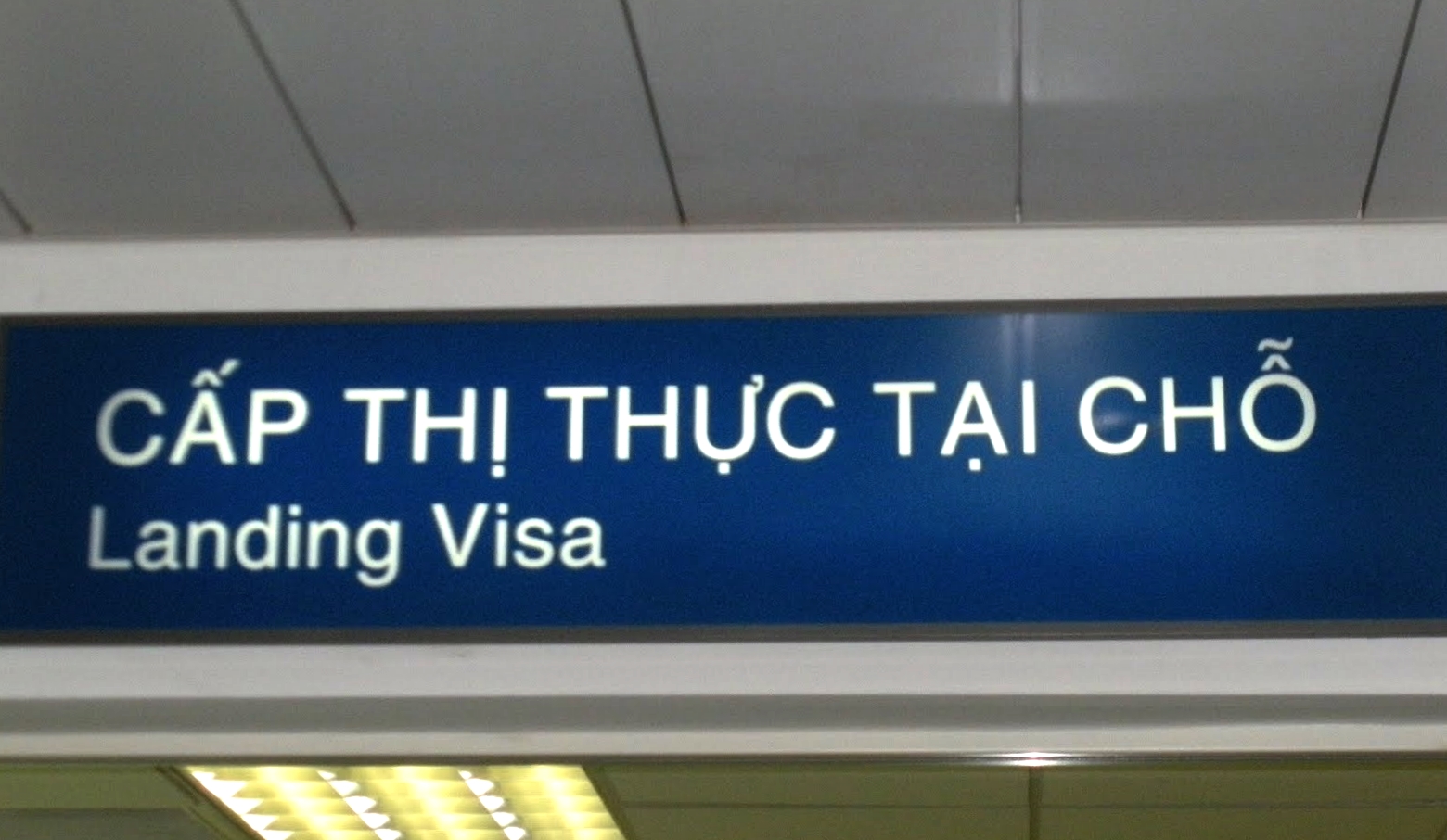
Another option for those of you who are strapped for time or do not want to send your passports away if there is no Vietnamese embassy or consulate in your home town, is to pre-arrange a visa-on-arrival. Visa-on-arrival means to get your visa approved by the Vietnam Immigration Office in advance, and then getting it stamped on your arrival. There are numerous agencies authorized by the Vietnamese government to collect passport details and arrange for an “approval letter” to facilitate this process. These agencies charge a small fee and sometimes this fee adds up to being less than what you end up paying at the consulates if you apply for visa the “normal” way.
With visa-on-arrival you are able to apply for any of the standard tourist visas (one-month/three-month, single/multiple entry). But the only difference is that VOA only works for those flying into the country via Hanoi, Ho Chi Minh, Da Nang, Nha Trang, Hai Phong, Phu Quoc, or Da Lat International Airports. For those crossing the border by land or arriving on cruise, unfortunately this option is not for you.
Your passport must also be valid at least for another month from the date of exit and have enough empty pages so it can be stamped.
The Procedure
Applying for a VOA is easy. Go to the Vietnam Immigration website and click on “Visa-On-Arrival.” Once you do so, fill in and submit the form shown on your screen. You will be charged online for the service fee and you can also choose to pay extra to shorten the processing time if need be. There is another fee involved and it’s called the “stamping fee” and this has to be paid by cash in order for you to be able to collect your visa when you enter Vietnam.
After the processing period, you will receive an email with the approval letter attached and details on how to use it. Print out the letter in advance so you can submit it to the authorities at the airport. Make sure you read and remember the details written in the email and DO NOT delete it in case you need to return to it.
At your departure airport, you will be asked to show the approval letter at the check-in counter. Only then will you be allowed through.
Once you land in Vietnam, find your way to the “visa-on-arrival” or “landing visa” counter – usually before or beside customs area. Submit your letter along with your passport and two passport-sized photos. The stamping fee is paid at this stage and it is 25 USD for a single entry or 50 USD for a multiple entry, and will increase according to visa duration. However, this fee may change depending on the currency you pay. After a short processing time, you will receive your passport back with a stamp of approval.
* In some cases, you may need to also submit proof of onward travel. The email you receive will specify if you need to.
That’s it. There’s no fifth step. All that is left to do is to get through passport control, pick up your baggage if you have any, and exit onto the chaos that awaits.
There are also numerous agencies given the authority to grant you a visa-on-arrival approval letter and sometimes they operate for much cheaper. Unfortunately, many are also scams. But if you do wish to go through an agent (sometimes more convenient and cheaper), we have scouted out a trustworthy one for you (VoaVietnam).
Once you receive your letter from VOAVietnam, the rest of the procedure remains the same.
E-Visa
The e-Visa is an electronic travel authorization from the Vietnam Government for up to 30 consecutive days with single entry only, issued in PDF format. This way, you do not need an approval letter and stamp, thus simplifying the process. To be able to pass through immigration, the applicant’s passport must be valid for at least one month after arrival, and will need to have at least two blank pages.
Once the 30 days have passed, a renewal will be needed. Applicants are required to carry a copy of their e-Visa at all times during their stay. Members of these nationalities are able to apply for an e-Visa:
| Argentina Armenia Australia Azerbaijan |
Belarus Brunei Bulgaria |
Canada Chile China Colombia Cuba Canada Czech Republic |
Denmark
Finland |
| Germany GreeceHungary |
India Italy Ireland |
Japan
Kazakhstan Luxembourg |
Mongolia MyanmarThe Netherlands New Zealand Norway |
| Panama Peru Philippines Poland |
Romania Russia |
Slovakia South Korea Spain SwedenTimor-Leste |
UAE United Kingdom USA UruguayVenezuela |
More information can be found here.
Here is where you apply. Just click the link.
Once you upload your passport data page and photo, a registration code will be sent to you. After that you will have to fill in your payment details, registration code, registration email and date-of-birth in the e-Visa search menu here. You can check your e-Visa status. If your application is rejected, you will not be refunded.
Visa Extension/Renewal
If you wish to extend your stay without having to leave the country, you can do so by applying for a visa extension or renewal via the Vietnam Immigration Department or via online agents.
Documents you must submit include copies of passport bio page, current visa, immigration stamp, last date of entry, port of entry and details of your current address in Vietnam.
Please note that only a limited number of nationalities are eligible to apply for a visa extension/renewal, and the requirements change accordingly as well. The contact details of all the Immigration Departments in Vietnam are provided below, so you may call and ask.
Visa Extension
Getting a visa extension means to acquire permission from the government to stay longer in Vietnam. You can do this by going to the Vietnam Immigration Department (any of the three major ones in Hanoi, Da Nang or Ho Chi Minh) and filling in and submitting the appropriate forms. The extension is only possible for a period of 1 or 3 months, depending on the current visa you have.
If you wish to extend your visa for a period of 1 month, your current visa must be a 1-month/3-month, single/multiple entry visa. The fee will approximately 60 USD – 155 USD, depending on nationality.
If you wish to extend your visa for a period of 3 months, your current visa must be a 3-month single or multiple entry one. The fee will be approximately 180 USD – 310 USD, depending on nationality.
Visa Renewal
With visa renewal, you are granted a new visa sticker and stamp on your passport with the new duration. You are only allowed to renew your visa for a maximum period of three months, just like with extension, but unlike extension, the renewal option is available for those who entered Vietnam with visa exemption.
If you would like to upgrade your current visa from a duration of one month to one of three months, or if you would like to upgrade your current visa from single entry to multiple entry, you will have to go through the renewal process. The cost for renewal is 200 USD (one month, single), 330 USD (three months, single) and 350 USD (three months, multiple).
Vietnam Immigration Departments
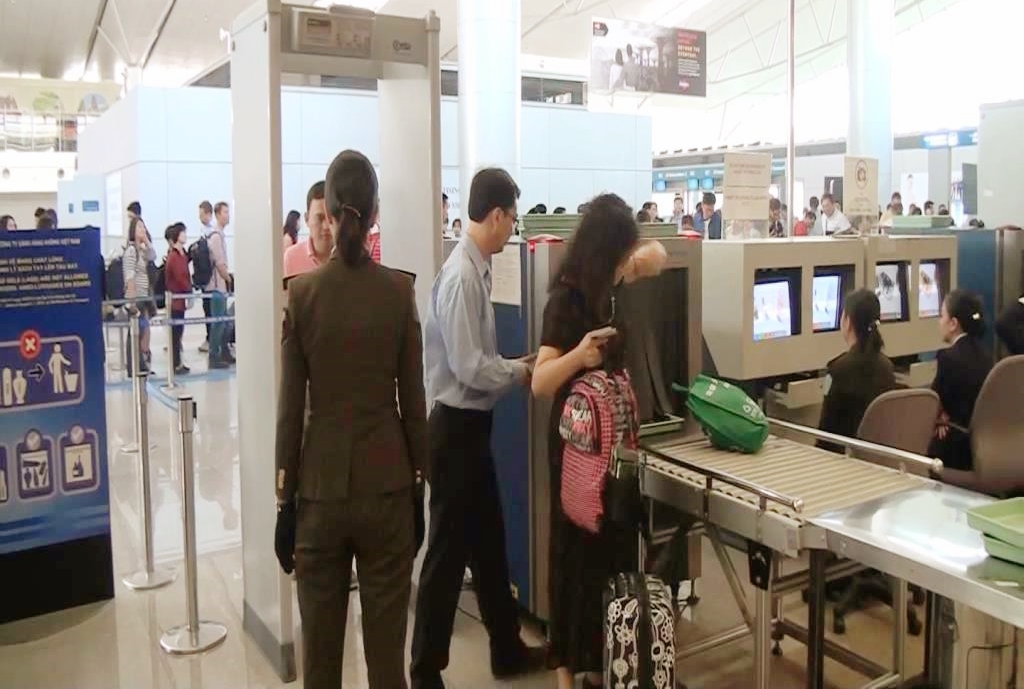
Here are the contact details of the three major Immigration Departments located in all three of the major regions of Vietnam – North, Center and South:
Vietnam Immigration Department (A18) in Hanoi
- Address: 44- 46 Tran Phu Street, Ba Dinh District, Ha Noi
- Website: Vietnam Immigration Department Hanoi
Phone for support:
- +84 43 826 4026: about entry and exit Vietnam, residing of foreigners in Vietnam, repatriating of Vietnam citizens living abroad
- +84 43 826 0922: about entry and exit of Vietnam citizens
- +84 43 934 5609: administration procedures
- +84 43 825 7941: about entry and exit at Vietnam borders and other related issues
Vietnam Immigration Department (A18) in Da Nang
- Address: 80 Le Loi, Hai Chau, Da Nang
- Telephone: +84 236 3860 191
Vietnam Immigration Department (A18) in Ho Chi Minh City
- Address: 337 Nguyen Trai, Nguyen Cu Trinh Ward, District 1, Ho Chi Minh City
- Telephone: +84 838 299 398
Visa Runs
Of course, if the visa extension/renewal option is not available for your nationality. But you wish to stay longer? Then you must exit the country, apply for a new visa and return. The processes for getting a new visa are the same as those mentioned above. You can apply through Vietnamese embassies in other countries. Or you can do it online and get a visa approval letter and receive your visa on arrival. Vietnam borders Laos and Mainland China in the north, and Cambodia in the South. Thailand is also in the nearby vicinity. You have many options to do your so called “visa run” but make sure you check into the visa policies of these countries too! You don’t want to end up being rejected at the border, which will then result in you overstaying the Vietnam visa and having to pay a price.
But…there Is One Way to Avoid all the Vietnam Visa Hassle
And that is to fly to Phu Quoc island. All travelers can visit this island without visa for 30 days. Yeah, I don’t know why either.
Overstaying Your Vietnam Visa
To overstay your visa means to stay longer in the country than the visa legally allows you to. There are two types of penalty fees you must pay if that is the case – the “fine” fee, and the extension (if you want to and are able to)/exit fee (if you are forced to leave the country). If you have only overstayed your visa for a period of less than 3 days, you are not required to go to the Immigration Office, and you can pay directly at the airport and get an exit visa to leave the country. The penalty fee for a longer overstay will be about 500,000 VND (25 USD) per day.
If you still want to remain in Vietnam, then pay the “fine” fee and get an extension. A few legal documents will be required for this process, so contact the Immigration Department in advance. If you overstay your visa due to a lost passport, the options are the same. But you must contact your embassy and apply for a new passport/travel permit/diplomatic note, then contact the police and write up the passport lost report, and finally arrange for a visa renewal through the Immigration Department.
Of course, the longer you overstay, the more complicated the procedure will be as the Immigration Department will need to track your legal activity record during this overstay period. Please remember that overstaying is a serious offense and to avoid all this, pay attention to your visa validity and that it coincides with your date of departure. Mistakes are made sometimes as we are all human.
Transit Visa
Many countries do not require you to acquire a transit visa if you intend to be in the country solely for transit purpose. Vietnam is one of those, provided you have proof of onward travel, and as long as you plan to stay inside the airport. However, you may want to confirm with your airline and maybe even contact the Vietnam embassy just to make sure.
Just giving you an example as to why that should be done – I had a flight once from Mandalay, Myanmar to Hong Kong via an hour’s transit in Bangkok, Thailand and I was not allowed to go through passport control as the airport officials said I needed a transit visa for Bangkok. This was news to me as I had done a similar transit in Bangkok before. The only difference was that the first time, I had flown a premium airline (Malaysian) whereas this time, I was flying a budget one (Air Asia). I ended up wasting about 300 USD booking further flights, so don’t make the same mistake I did, and check beforehand!
The procedure for acquiring a transit visa at the airport should be simple. You will be granted transit if you present your passport, a ticket that matches the route to the third country, and a visa that is issued by the third country (unless visa-free entry is allowed). Those granted transit must stay within the transit passenger area.
Note:
However, all Vietnamese international airports are quite inconvenient to sleep at and if you have quite a lengthy transit and think exiting and getting yourself a hotel is more comfortable, then it is wise to apply for a normal single entry visa in advance. It’s not that expensive, and this way you’ll get to see a little bit of the city as well.
Business Visa
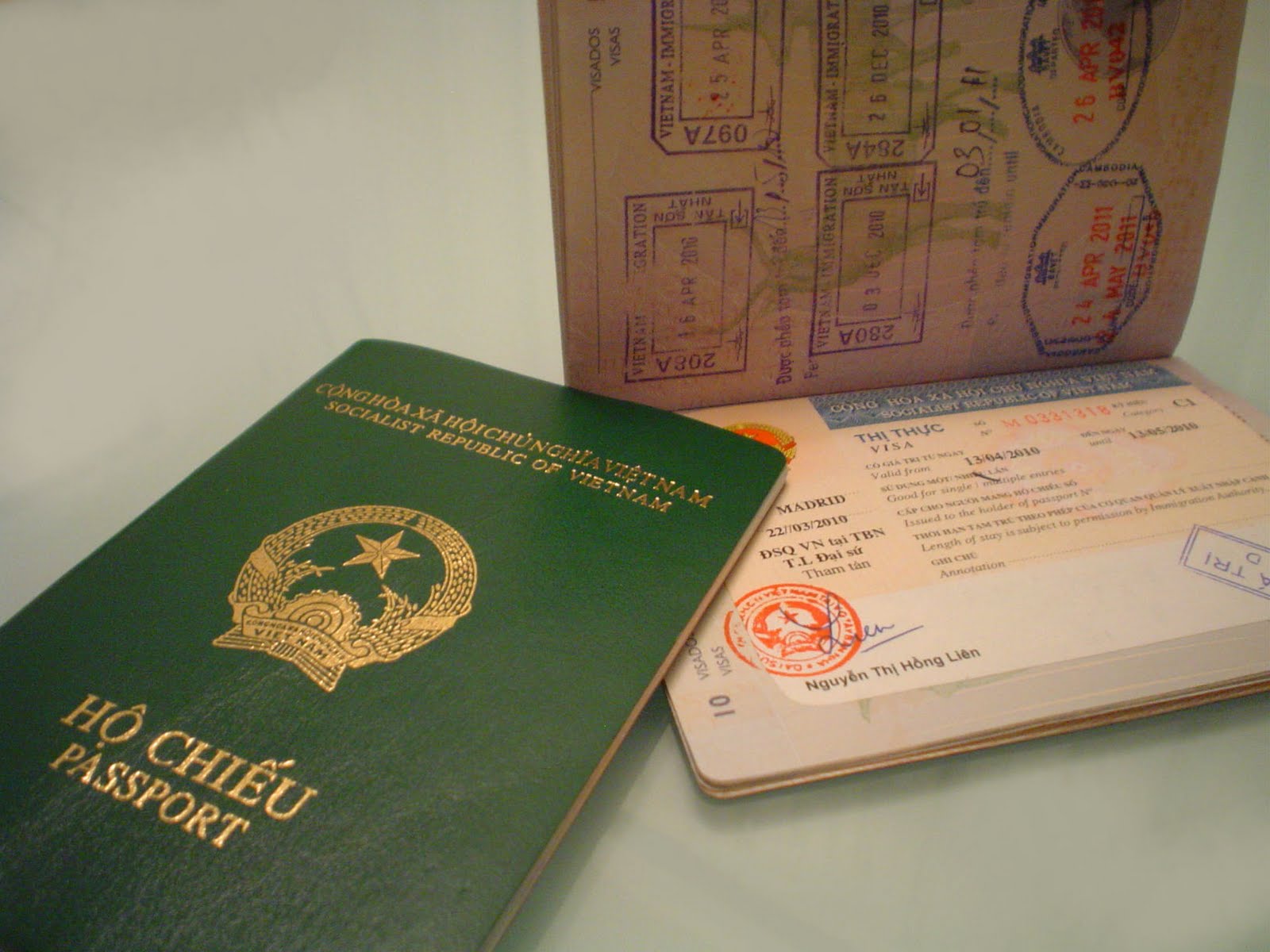
Visa Exemption
All businessmen and businesswomen must apply for a business visa to conduct or explore business opportunities in Vietnam, except those from Visa Waiver Countries or those who possess an APEC Business Travel Card containing the code “VNM.”
The Visa Waiver Countries
Including: Japan, Sweden, Denmark and Finland.
Nationals from these countries are granted a visa-free entry to the country for business on the condition that they provide their passport and return ticket back to home country on entry.
APEC Business Travel Card
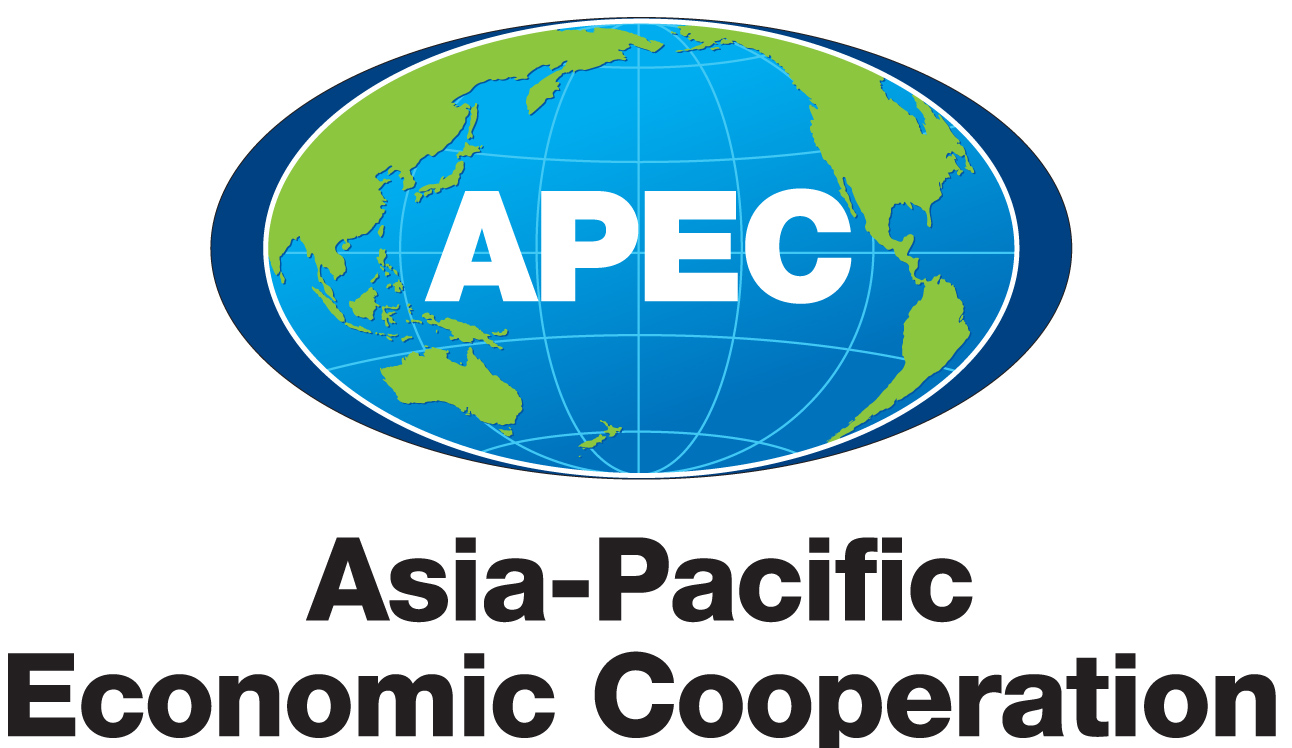
Holders of an APEC Business Travel Card with the code “VNM” are also allowed to enter visa-free to the country to conduct business for up to 60 days. ABTCs are issued to nationals of:
| Australia | Brunei |
| Chile | China |
| Hong Kong | Indonesia |
| Japan | South Korea |
| Malaysia | Mexico |
| New Zealand | Papua New Guinea |
| Peru | Philippines |
| Russia | Singapore |
| Taiwan | Thailand |
There are two options to obtain Business Visa for those that require it. You can either visit the Vietnam embassy or consulate in your country. And apply the “traditional” way, or you can apply online through a qualified agent or immigration website, receive a letter of approval and get your visa on arrival. Applying online is now generally preferred as it is easier and faster, and sometimes cheaper. There are also three categories of Business Visas you can acquire (DN, LV and DT) and this depends on your line of work. You can apply for visas allowing you to stay for a period of 1 month, 3 months, 6 months or 1 year, all with single/multiple entry options.
Applying for Business Visa through Embassy or Acquiring Visa-On-Arrival
Applying through the Embassy or Consulate
The required documents include:
- A valid passport – Your passport should be valid for at least for 6 months past the desired leaving date, with blank pages for visa sticker and stamp
- Application form – This is available for download at the official website of Vietnamese embassy in your country or Immigration website. You can also pick it up directly at the embassy when you go to apply, but since the line may be long, print it and fill it in beforehand
- 1 passport-sized photo
- Letter of Entry Clearance from the Ministry of Public Security of Vietnam – your business partner in Vietnam will help you obtain this letter. Provide your passport details, type of visa desired, proposed date of entry, and the name of Vietnamese embassy you wish to collect visa from. The rest of the details are provided by your business partner
- Visa fee – the amount changes from embassy to embassy, is dependent on your passport, length of stay and also the number of entries you require
Note: These are the general requirements and may vary from embassy to embassy. Please as mentioned in the article many times, contact the Vietnam embassy in your country in advance so you don’t have to make repeat visits. Once you submit the required documents and fee, you will be given a receipt which you must have with you when you return to pick up your visa in the time period specified. The visa generally takes 5 – 7 business days to process.
You may click over to this link to find all the addresses of Vietnamese embassies located around the world.
Applying Online through an Agency or the Immigration Website
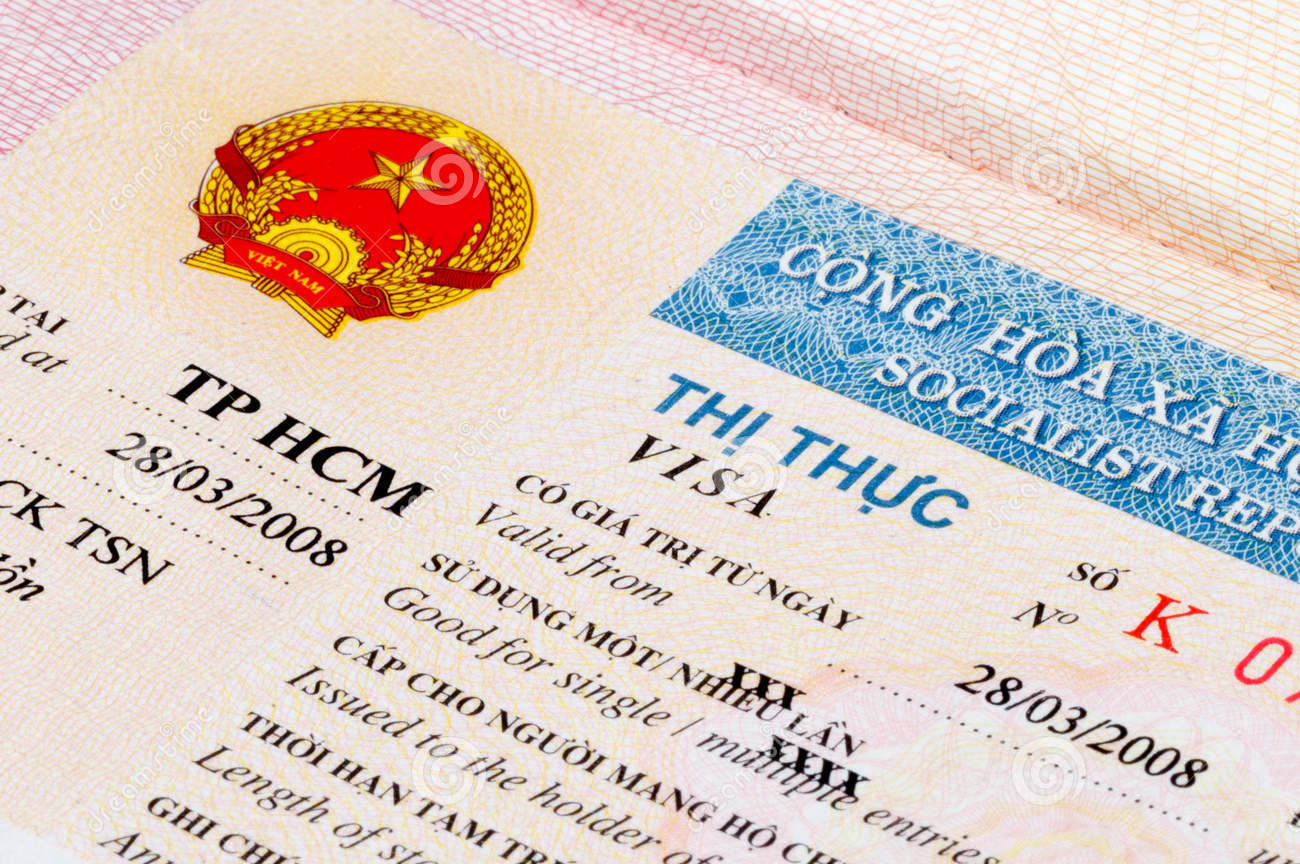
Applying online is almost the same process, except in some cases you do not need a Letter of Entry Clearance from the Ministry of Public Security of Vietnam. Check ahead with the agency if you think this is the case for you. Make sure you select a good agency that can guarantee approval for an affordable price, with a 100% refund for rejection. If you would like to apply through the Immigration website, use this link and click on to “Visa-On-Arrival”. Then select “Business Visa” on the drop-down menu beside “type of visa”.
Requirements for online application:
After the processing period of normally three-seven business days, you will receive an email with the approval letter attached and details on how to use it. Print out the letter in advance so you can submit it to the authorities at the embassy or airport for stamping. Make sure you read and remember the details written in the email. DO NOT delete it in case you need to return to it.
Requirements for getting visa stamp after applying online:
You are able to get your visa stamped at the embassy or the airport when you fly into Vietnam. To do this you must submit the following:
- Your valid passport
- Passport-sized photo
- Printed copy of visa approval letter
- Completed entry-exit form (only for those getting stamped at airport)
- Stamping fee – payable only by cash (VND or USD)
The fees to be paid depend on many factors. The general fees (service and stamping) no matter which method you apply through ranges from:
- 65 USD – 140 USD for a one-month single / multiple entry visa
- 105 USD – 175 USD for a three-month single / multiple entry visa
- 299 USD – 440 USD for a six-month multiple entry visa
- 489 USD – 630 USD for a one-year multiple entry visa
Calling the Vietnamese Embassy or Immigration Department in advance and finding out the specifics is always a better idea.
Once everything is submitted, you will receive your visa within a matter of minutes of sitting and waiting. Once you do, you are good to go.
Please remember that visa policies are always subject to change and as mentioned before, this article will be continuously updated to reflect any changes. Check back in a few weeks if you think there will be any updates you think will affect you. Enjoy your travels!
PS: Flying in to Ho Chi Minh? Confused about VOA? Click here for a step by step process and a full airport guide: Arrivals Guide to the Ho Chi Minh Airport
Enjoyed this article and want more fun information on what to do, see, and eat in Vietnam? Follow us at 4U Trip Blog!
